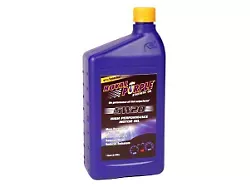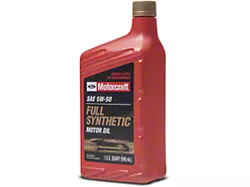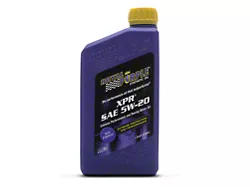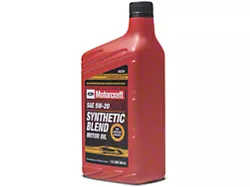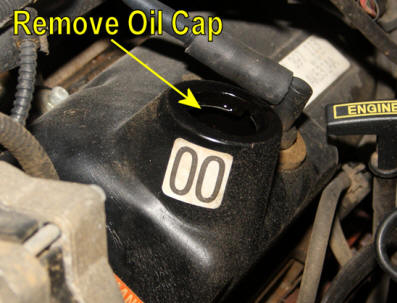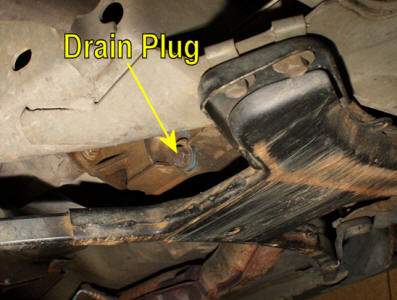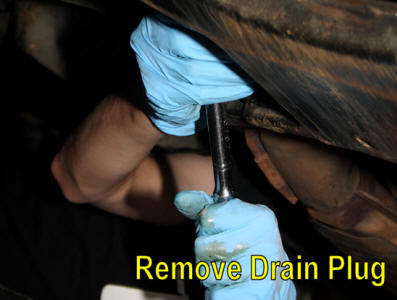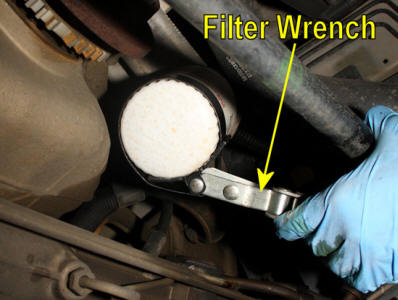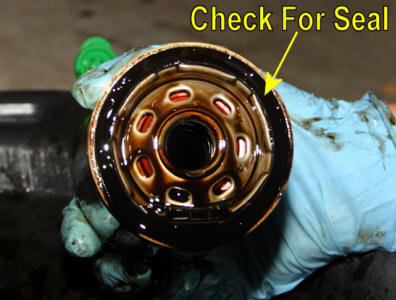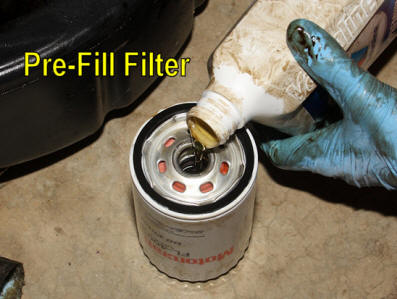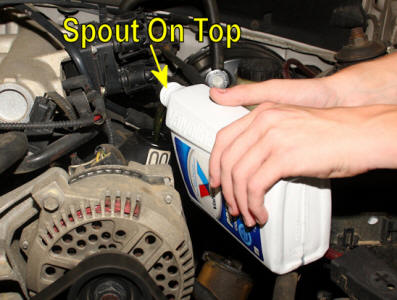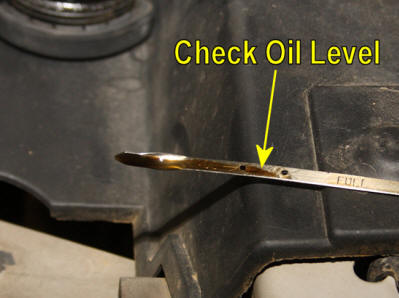Proper Mustang maintenance and regular oil changes are the key to enjoying your car long term. Of the maintenance items you’ll run into, changing your Mustang’s oil ranks at the top of the list. Your engine’s oil is its lifeblood. Ignore it too long, and not only will performance suffer, but your engine can suffer permanent damage.
Contents
- How Easy Is it?
- How Much Oil Should I Buy for My Mustang?
- What Kind Of Oil Does My Mustang Need?
- Don't Forget Your Mustang's Filter
- Oil Filter Types and Interchangeability
- The Mustang Oil Change Process
- When to Drain The Oil From Your Mustang's Engine
- The Drain Plug
- Draining the Oil, and Replacing the Plug
- Removing the Oil Filter
- Installing the New Filter
- Refilling the Engine
- Checking the Oil Level
- Changing a 2015+ S550 Mustang's Oil
- How to Properly Jack Up Your Mustang
Shop Mustang Maintenance
For the maximum possible performance and life from your motor you must adhere to a regular maintenance schedule, this includes changing your oil every 3-5 thousand miles. Shop our complete selection of maintenance products and keep your motor running safe and efficiently.


